7 Quick Tips on Lighting a Portrait
Blog post description.
1. Determine the direction of light: The direction of the light source can have a big impact on the overall look and feel of the portrait. If the light is coming from the front, the subject's features will be evenly lit and the image will look flat. On the other hand, if the light is coming from the side, it will create shadows on the subject's face, giving the image more dimension and depth.
2. Choose the right light source: There are several different types of light sources that can be used for portrait photography, including natural light, artificial light, and a combination of both. Natural light can be very soft and flattering, but it can be difficult to control. Artificial light, on the other hand, can be more predictable and easier to manipulate, but it can also be harsher and less flattering.
3. Set up your lighting equipment: Once you've determined the direction and type of light you want to use, it's time to set up your lighting equipment. If you're using artificial light, you'll need to decide on the type of lights you want to use, such as strobes, continuous lights, or a combination of both. You'll also need to choose the right light modifiers, such as softboxes, umbrellas, or grids, to help shape and control the light.
4. Experiment with different lighting setups: The key to getting the perfect lighting for a portrait photoshoot is to experiment with different setups and see what works best for your subject. Try moving the lights around, changing the direction of the light, and adjusting the intensity to see how it affects the image.
5. Use reflectors to fill in shadows: Reflectors can be used to fill in shadows and add more light to the subject's face. You can use white, silver, or gold reflectors, depending on the look you're going for. Silver reflectors will give a cooler, more contrasty look, while gold reflectors will warm up the image and add a more golden, glowing effect.
6. Pay attention to the catchlights: Catchlights are the highlights that appear in the subject's eyes when light reflects off the surface of the eye. They can add a lot of life and sparkle to the eyes and help make the image more engaging. Pay attention to the position and size of the catchlights and adjust your lighting accordingly.
7. Use negative fill to create drama: Negative fill is the use of darkness or shadow to create contrast and drama in the image. By placing a black or dark-colored object near the subject, you can create shadows and add depth and dimension to the image.
